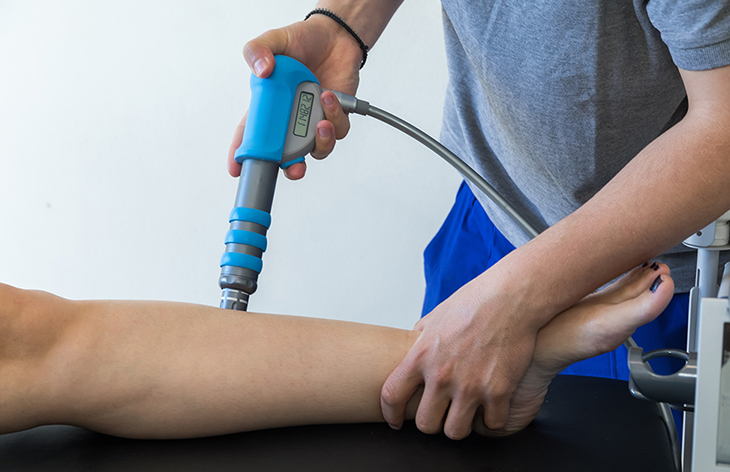In today’s world, scientific innovation continues to revolutionize the medical field with new treatments and therapies. One such promising therapy, often referred to as ESWT (Extracorporeal Shock Wave Therapy), has been making waves in the realm of regenerative medicine. Shockwave therapy in Auckland is showing potential in treating a variety of musculoskeletal conditions and could be the key to unlocking faster, more effective healing.
A Paradigm Shift in Regenerative Medicine
ESWT operates on the principle of using pressure waves to stimulate the body’s natural healing process. This therapy has proven to be particularly useful in improving the long-term functional outcomes of rotator cuff lesions after just a single high-energy session. The power of this technique lies in its ability to enhance blood circulation, accelerating the healing process of stubborn musculoskeletal conditions.
Broad-spectrum applications
The applications of ESWT are not limited to tendons and ligaments. Researchers have demonstrated its efficacy in promoting healing in bones, tendons, ligaments, and fascia in patients, thereby reducing pain and enhancing their quality of life. In addition, it has been successfully applied to treat diseases, showcasing its versatility, potential, and feasibility.
Unleashing the Potential for Neurological Conditions
Beyond musculoskeletal conditions, recent research suggests that this innovative therapy is safe and effective for treating neurological diseases. While the research is still ongoing, the early results are promising, suggesting a wide array of applications for this therapy in the future.
A Beacon of Hope for Chronic Conditions
For those suffering from chronic injuries, shockwave therapy in Newmarket can provide much-needed relief. It’s a non-invasive treatment that has not only helped professional athletes return to their game but also offered promise in reducing pain from injuries for the general population.
The Future of Healing
The potential of ESWT is vast and largely untapped. While it’s clear that tendon cells and the collagen structure are potential targets of this therapy, particularly in later degenerative phases, more research is needed to fully understand its range of applications.
As we continue to explore this therapeutic technique, we may discover more ways in which it can help patients recover faster and more efficiently from their injuries or conditions. With its non-invasive nature and promising results, this innovative therapy could be an integral part of the future of regenerative medicine.
In conclusion, the therapeutic potential of shockwave therapy in Auckland is enormous. As more research unfolds, we will undoubtedly see a rise in its use across various medical disciplines. This innovative therapy, with its power to promote natural healing, is set to transform the landscape of treatment options available to patients worldwide.


